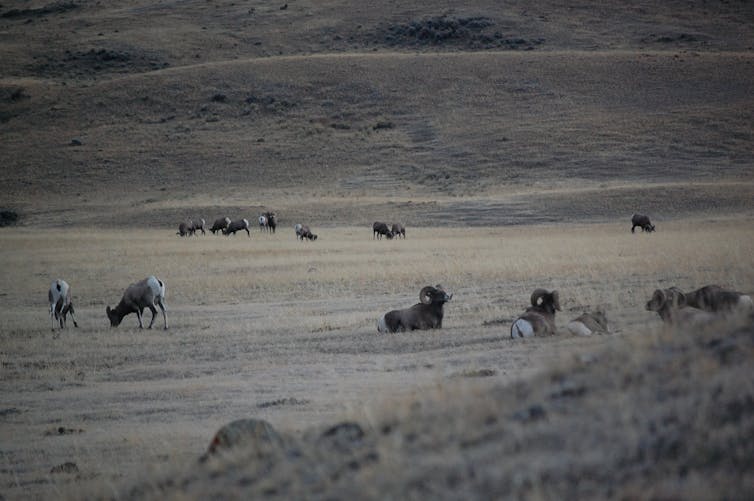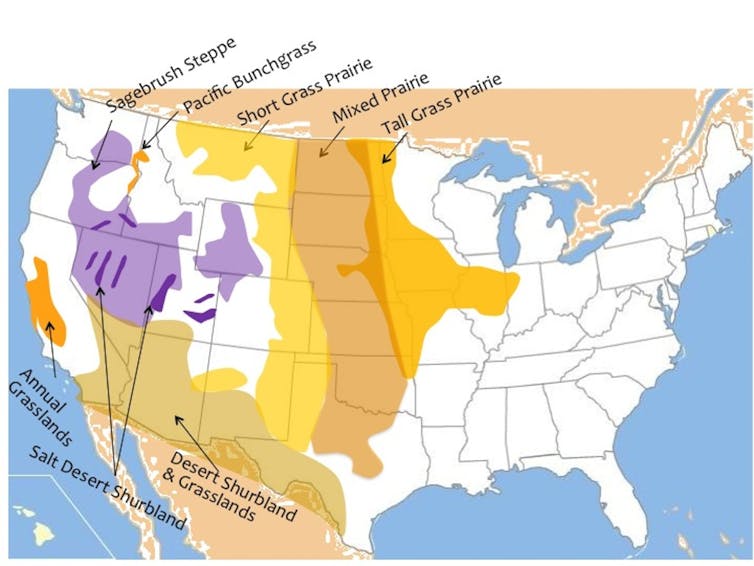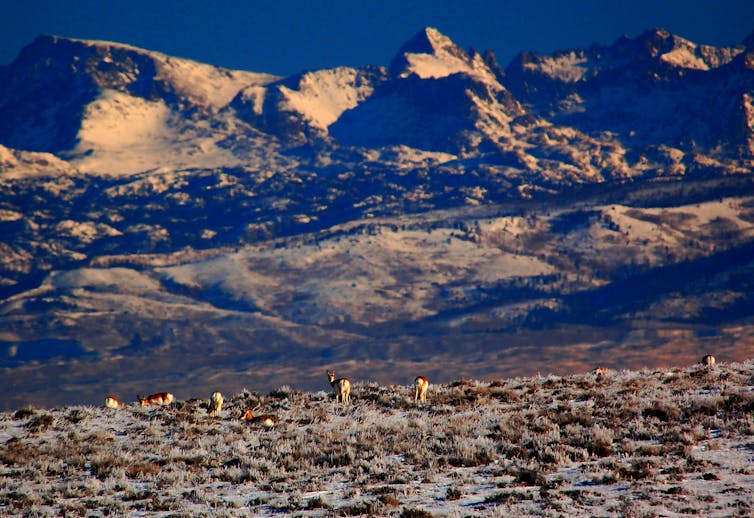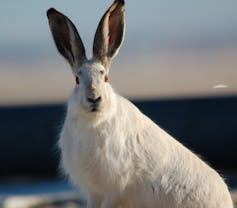| Messages In This Thread |
|
Habitat Management & Restoration - chaos - 04-17-2018, 12:51 AM
RE: Habitat Management & Restoration - Sully - 07-28-2020, 06:13 AM
RE: Habitat Management & Restoration - Rishi - 07-29-2020, 07:13 PM
RE: Habitat Management & Restoration - Rishi - 08-05-2020, 10:37 AM
RE: Habitat Management & Restoration - Matias - 11-04-2020, 11:16 PM
RE: Habitat Management & Restoration - Sully - 11-08-2020, 09:47 AM
RE: Habitat Management & Restoration - Sully - 01-06-2021, 08:05 AM
RE: Animal News (Except Bigcats) - Sanju - 03-16-2019, 07:29 PM
Habitat Management & Restoration - Rishi - 03-04-2020, 07:44 AM
RE: Habitat Management & Restoration - Rishi - 03-09-2020, 05:03 PM
RE: Habitat Management & Restoration - Sully - 03-14-2020, 07:41 PM
RE: Habitat Management & Restoration - Rishi - 03-18-2020, 12:58 PM
RE: Habitat Management & Restoration - Rishi - 03-24-2020, 09:59 AM
RE: Forests and Jungles - Rishi - 03-21-2020, 11:35 AM
|
| Users browsing this thread: |
| 1 Guest(s) |







